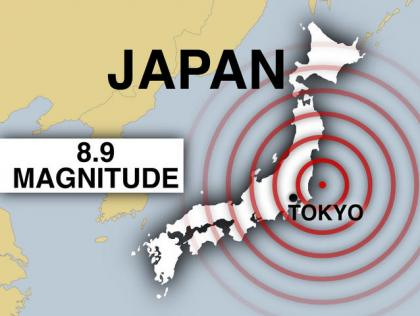Our thoughts and condolences are with Japan, in their time of need. As of now, we haven’t even fully realized the extent of the earthquake’s damage.
What is astonishing is that the internet infrastructure of Japan has been surprisingly unaffected by the earthquake and tsunami. According to an article from InfoWorld, “In the immediate aftermath of the earthquake … about 100 of Japan’s 6,000 network prefixes – or segments – were withdrawn from service. But they started reappearing on global routing tables just a few hours later.”

James Cowie, the CTO of Renesys (an Internet Intelligence firm) was also cited in the article. He mentions that “Japan’s attempts to build a ‘dense web’ of domestic and international Internet connectivity [appear] to have paid off.”
What this goes to show is that Japan was relatively prepared for the disaster. On Friday, a Tweet showed up in my Twitter Feed that read, “The headline you won't be reading: ‘Millions saved in Japan by good engineering and government building codes’.” His comments were reiterated by a New York Times article from the weekend that talked about Japan’s disaster preparedness.
The Times article opening paragraph reads:
Hidden inside the skeletons of high-rise towers, extra steel bracing, giant rubber pads and embedded hydraulic shock absorbers make modern Japanese buildings among the sturdiest in the world during a major earthquake. And all along the Japanese coast, tsunami warning signs, towering seawalls and well-marked escape routes offer some protection from walls of water.
Japan serves a lesson to the rest of the world -always be prepared. Have a disaster plan in place. Know what to expect before a disaster strikes. Albeit nothing could have prepared the tiny island nation for the magnitude of the quake that occurred, but their preparations did assist in reducing damage and saving lives.
If you would like donate to help victims of the earthquake, you can donate directly on the Red Cross website at www.redcross.org. Make sure you are using a secure link to donate funds as events like these can be a field day for scammers.
